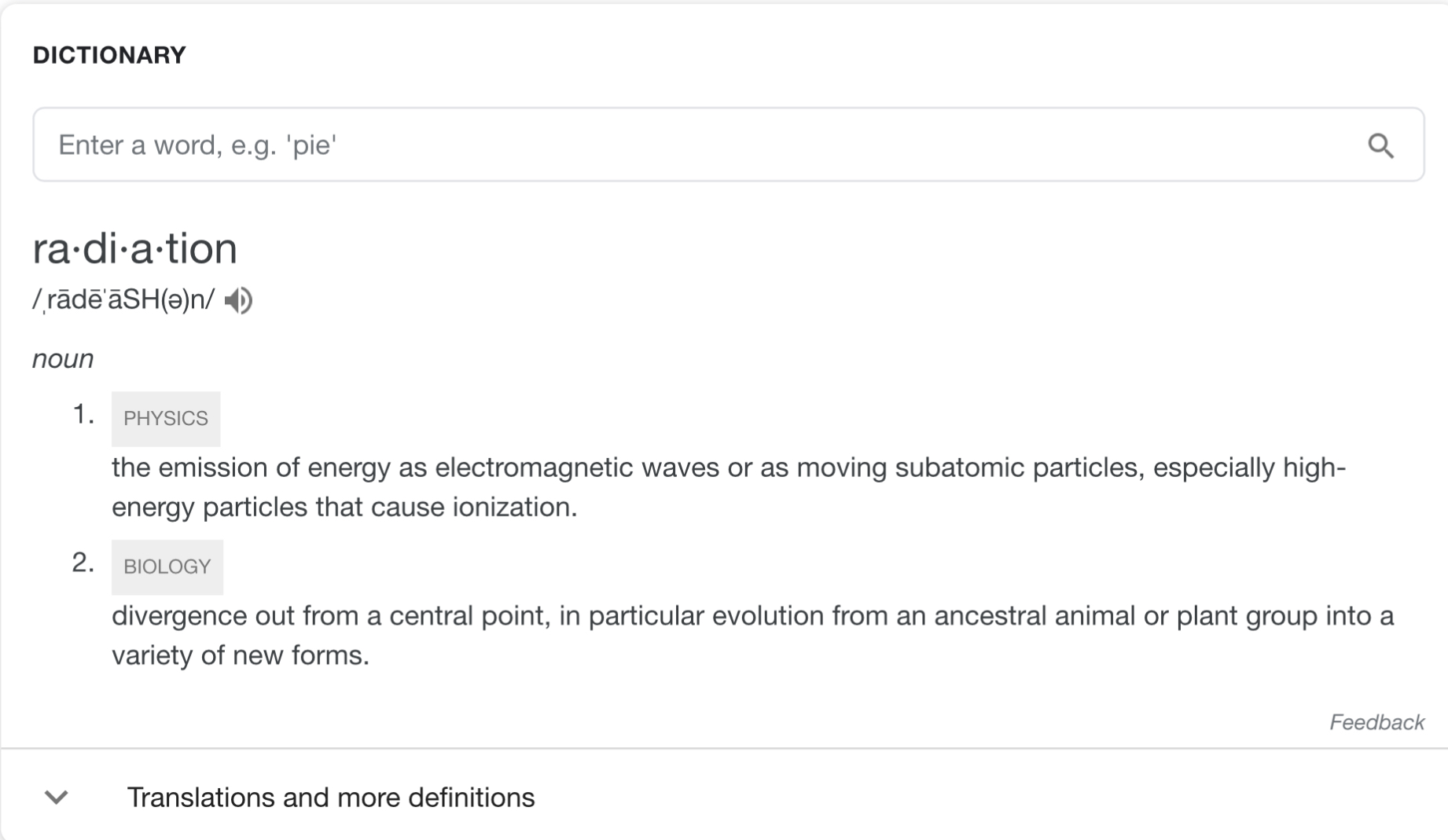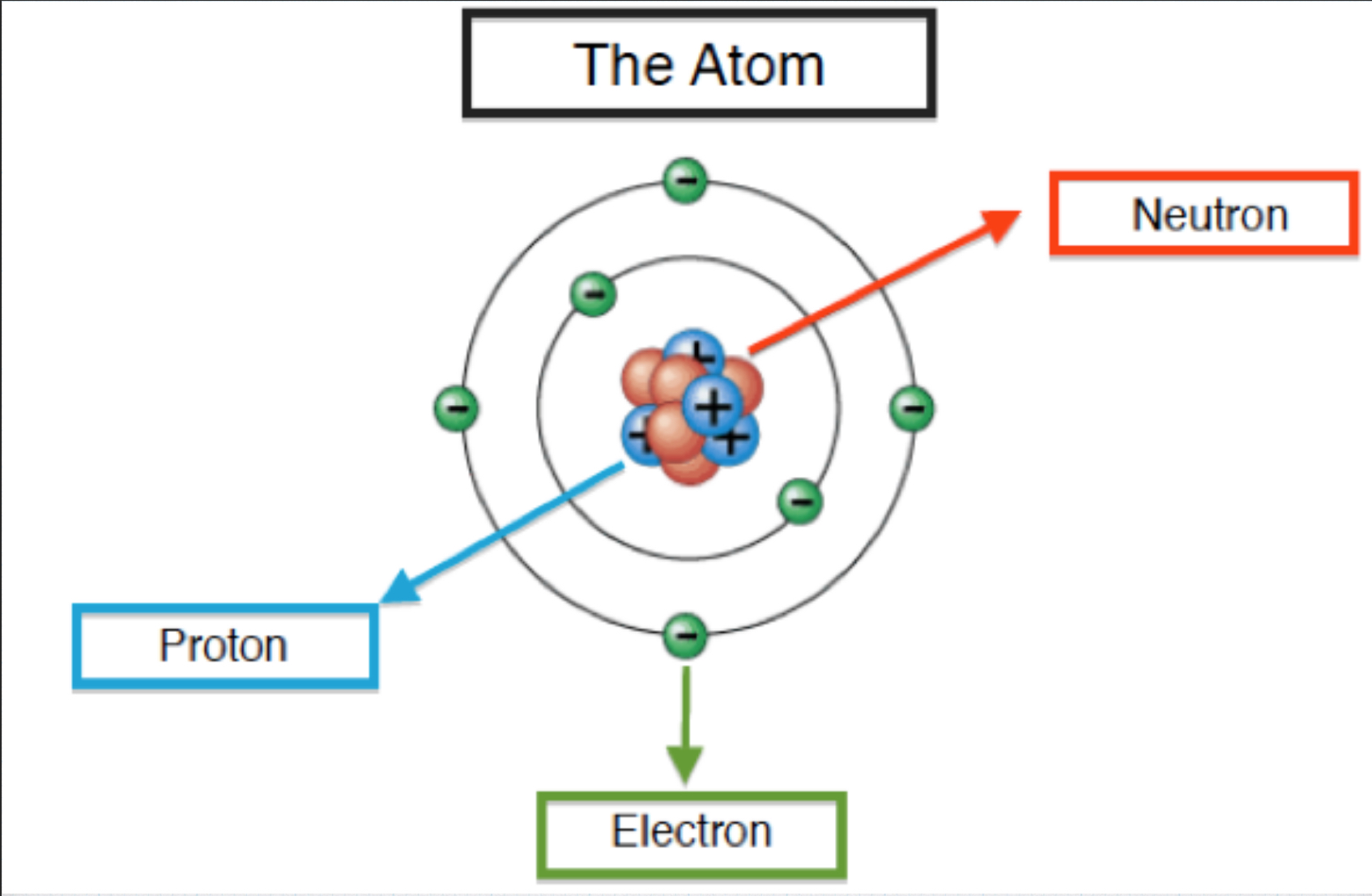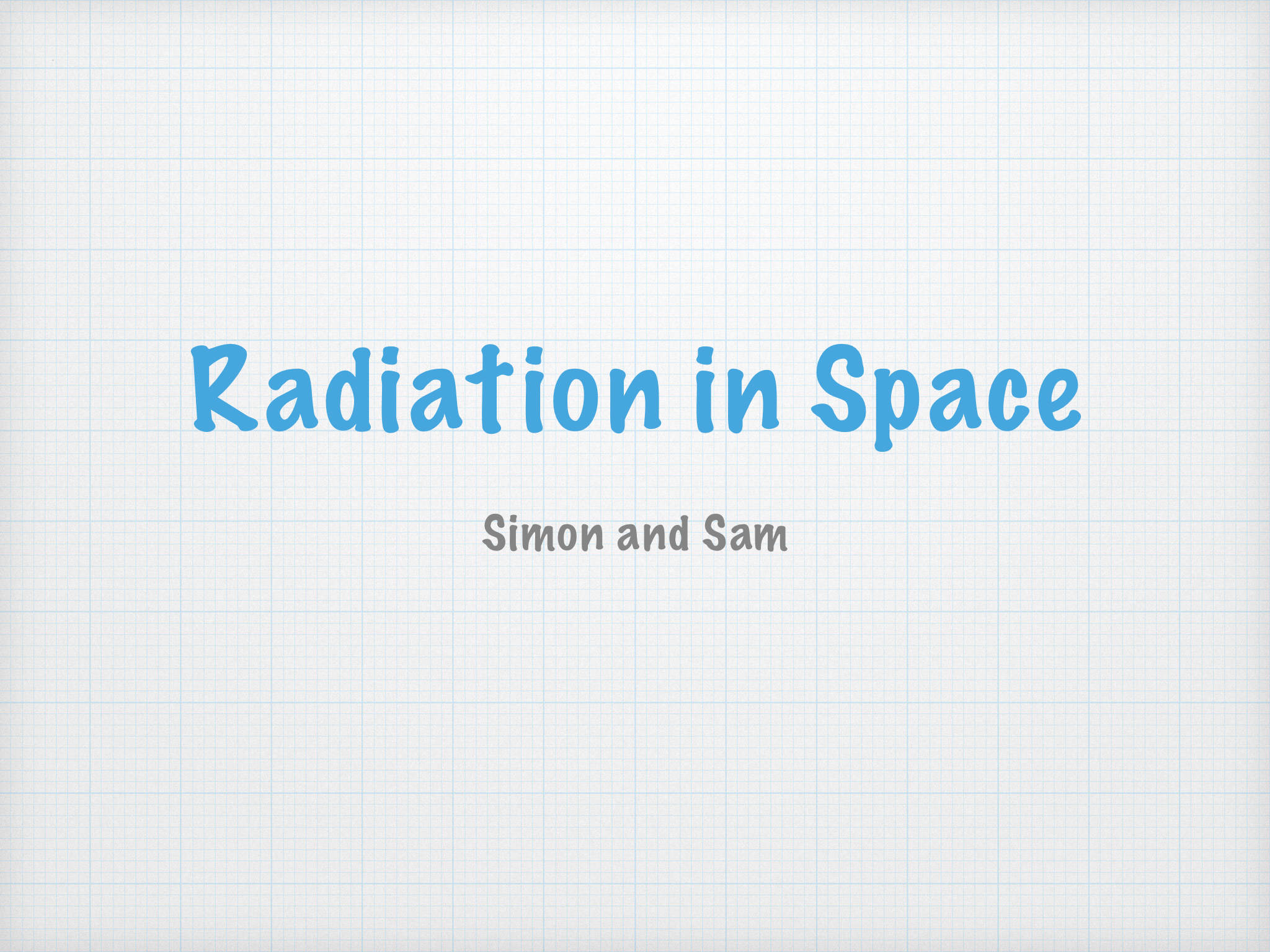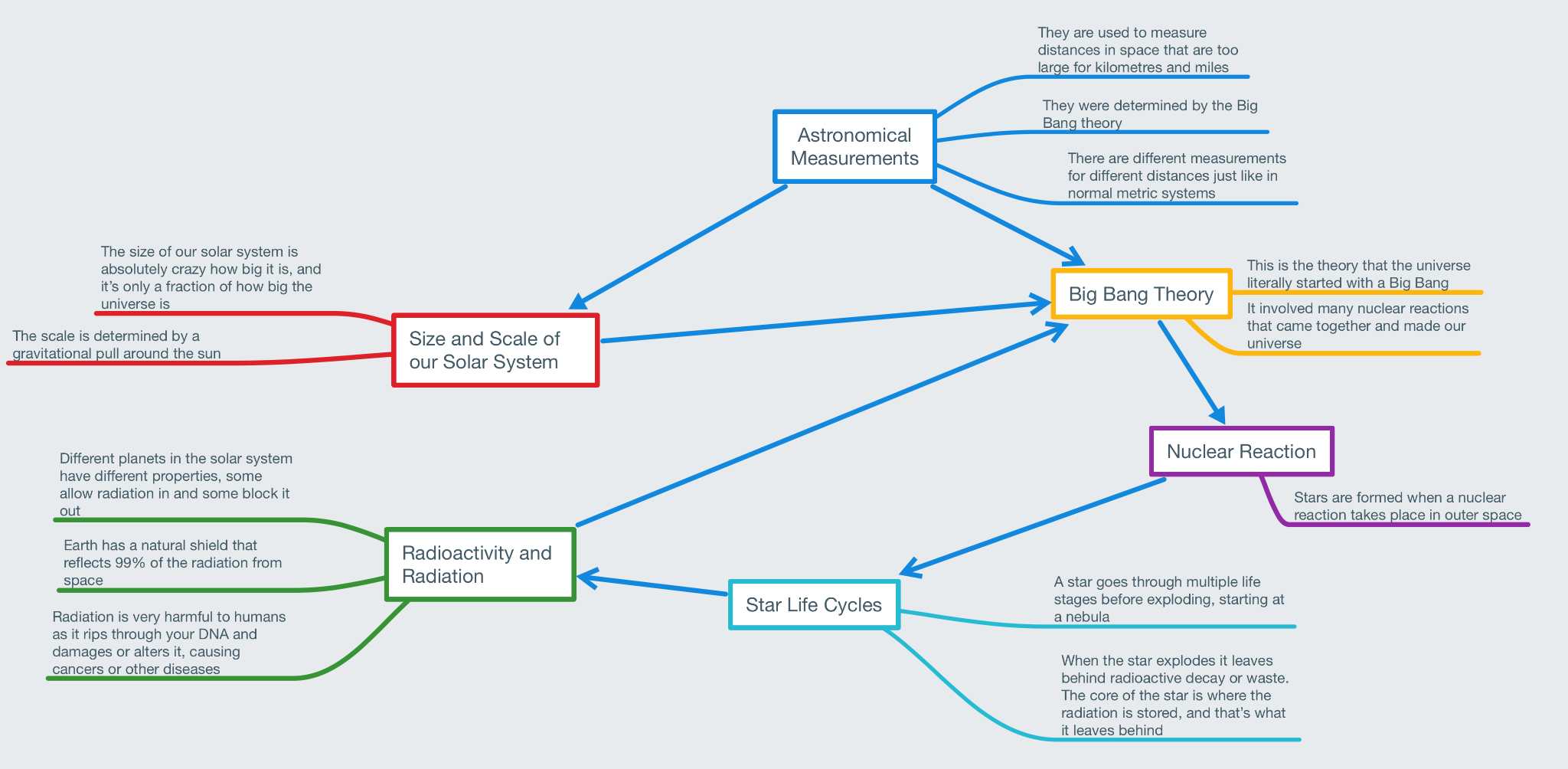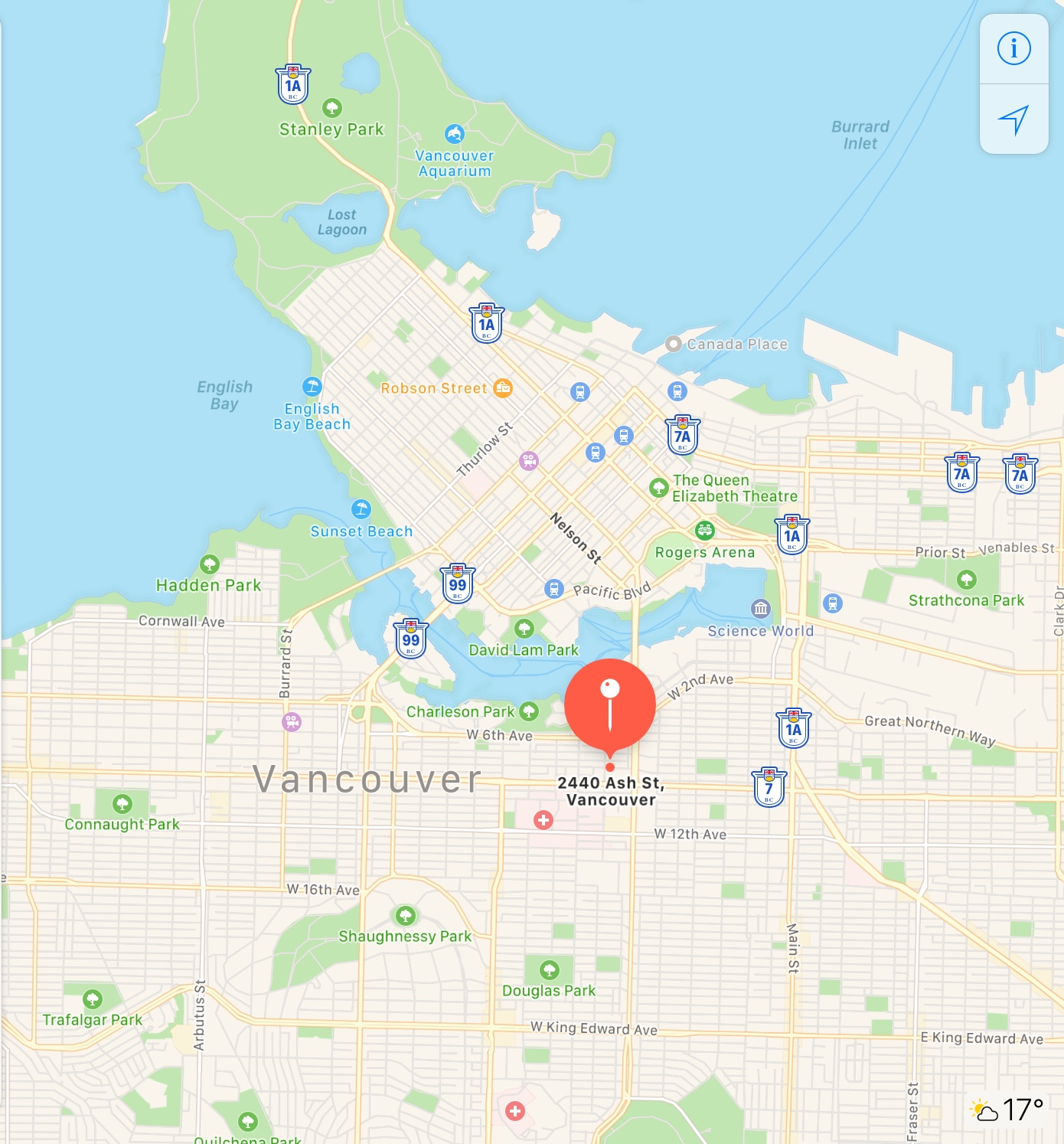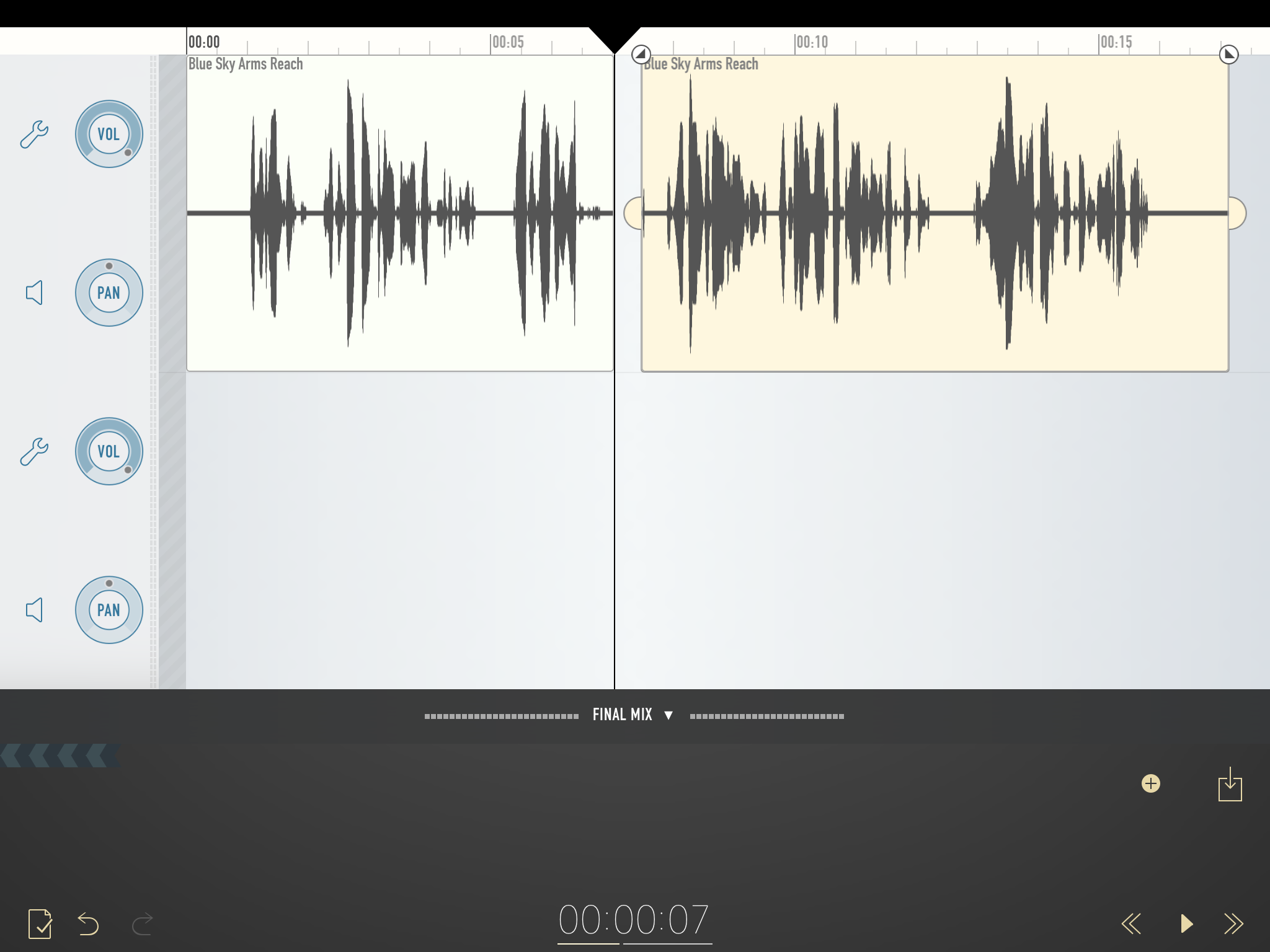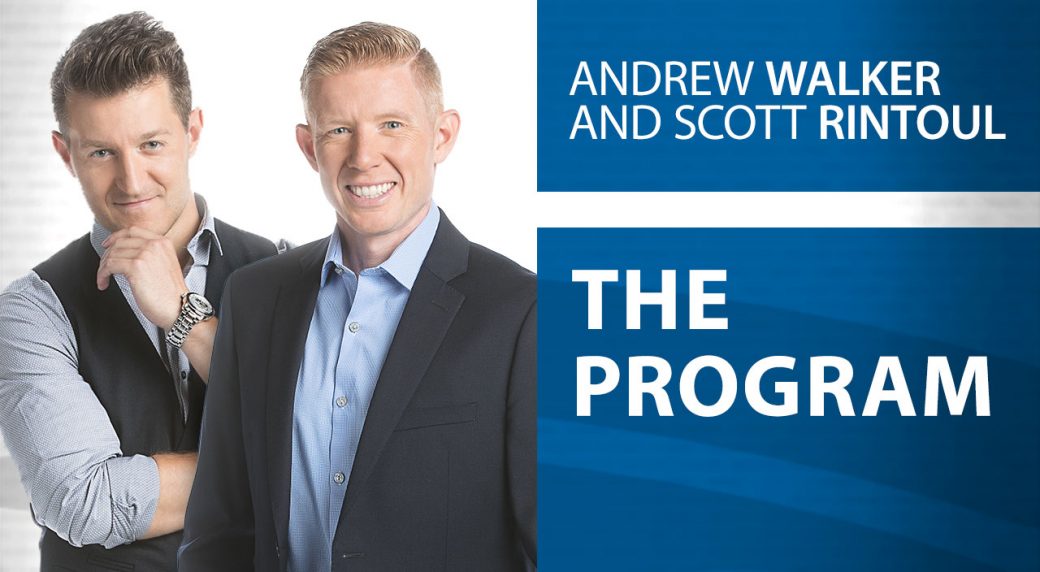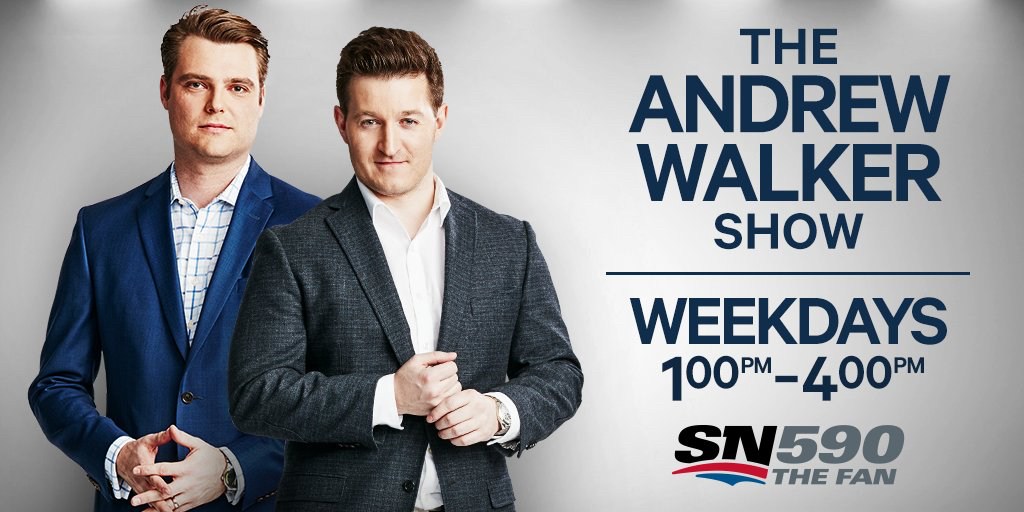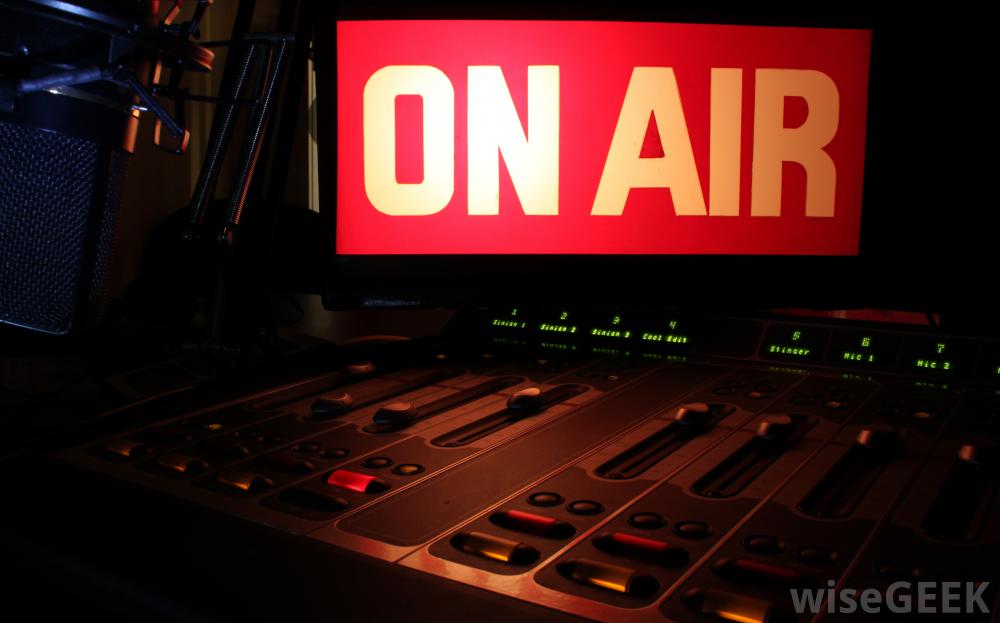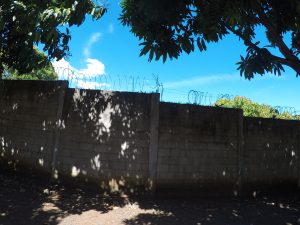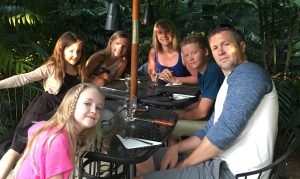Hello and welcome back to the blog.
Today we are discussing a whole project we completed whilst in Covid-19 quarantine and through online classes. We took this chance to study a topic that had relevance to our every day life which has drastically changed. We wanted to look into the connections between literary dystopias and real life amidst Covid-19. Our driving question for this project is:
How do literary dystopias help us understand what is happening now?
To answer this question we started off by defining the word Utopia. We found out that a utopia is an imagined place or state of things in which everything is perfect. Then, after discussing it more as a class, we were split into groups and Adam, Spencer and myself were tasked with creating a keynote presentation that described to the class what our perfect world would look like. we were told to have fun with it but also get across a few core ideas. I wish I could tell you the chain of events and ideas that lead to this keynote presentation, but sadly I have no idea how we came up with this. Our perfect world is called Berenstein and is run by a family of immortal bears.

Our utopia is a perfect place where everyone is equal and happy. The rules aren’t much different than our lives in Canada right now but we thought that our ideal utopia should be similar but with a few improvements. Overall it was a fun mini project that got the gears turning regarding fictional utopias and dystopias. I found that it helped me personally get a better idea of the structure of fictional worlds work, which was very helpful for the next part of the unit.

The next phase of the project was a novel study. We had a choice of 4 books to read, all about different fictional dystopias. The books were 1984, Station Eleven, Handmaids Tail and World War Z. I chose to read World War Z by Max Brooks, along with Izzy, Spencer and Robbie. Since we all chose the same book, we would be conducting group discussions every week about the novel and also completing the final project together which comes later. I thoroughly enjoyed this book actually, it was written in a different style compared to a typical narrative story. The main character was a nameless interviewer who travelled around the world after the zombie war that almost killed off the human race. He interviews countless people about their experiences during the war and recounts the entirety of the war through these short interviews. Anyone who had a story was interviewed, from suburban moms in the middle of the US to special agents in the mountains of Europe.
I personally found this book super interesting and very well written. Each interview was engaging and brought the story forward more every time. I was sceptical about the formatting of the book at first but after reading only a few chapters I was loving it. what I learned from this book is that literary dystopias have a lot of connections to real life. Even though this is a fictional book about zombies almost taking over the world, it connects to the Covid-19 crisis in many ways. My group and I dug up these connections while we were reading the book and solidified our ideas after reading. I thought what we came up with was really strong, and was excited to showcase it in our final product.
Which brings me to our video. Our video describes the connections between literary dystopias and real life by explaining our own answer to the driving question. After reading our novel we decided on this statement to answer the driving question:
Literary dystopias, while fictional, can give us insight into the ways human beings react emotionally to a worldwide pandemic.
We noticed that in the book World War Z that people all reacted differently when confronted with a dangerous situation, or just the thought of one. Lots of people who heard about the zombie virus spreading , when it was early on, took it seriously and began stocking supplies and getting somewhere safer. Lots of people also did the opposite however. These people did nothing to prepare themselves, and when it was almost too late they began panicking and thinking irrationally and erratic. It caused chaos and so many deaths. We noticed that this is happening in our world right now, but in a less scary way. It even reaches up to the government level, where the countries who took precautions early on are doing fine amidst this virus while countries who didn’t are struggling pretty bad. We used this to help us come up with our answer, that fictional dystopias still contain nonfiction elements, such as basic human behaviour. Lots of people behaved irrationally because of panic induced by a dangerous situation. This is happening today, and a slightly humorous example is the whole toilet paper shortage situation. People are panic buying a product that doesn’t protect them from the virus at all, but because of fear people are buying whatever they can, especially if everyone else is buying it.
In our video we wanted to show how people around the world are doing. People all have different experiences and opinions based on their location, age and occupation. So we set out to try to capture those different opinions through mock interviews. We decided on the style of interview because that is how it was done in our novel. We chose four “characters” that would best represent the broad views people have on Covid-19 in North America. Spencer was a doctor in Italy, I was an oil rig worker in Alberta, Robbie was a farmer from the US and also a protest sympasizer while Izzy was the interviewer. But enough talk, watch it for yourself.
Overall I found this project quite fun, ad also very interesting. I thought it was pretty cool how we could study a novel that’s not from a few hundred years ago but one about zombies and still create a project around it. It was super interesting and also somewhat creepy seeing how much the novel connects with life today during the Covid-19 virus. I learned about how fiction could impact our understandings of real life, which is something I’ve never give much thought. But after all, fiction comes from the real world so it would have to carry similarities in order for it to be any good. Im glad we did this project and it impacted me as a learner in that now I know how to better make connections between literature of any kind to relevant current events.
that’s all,
see you






 This movie follows closely the events of the Cuban Missile Crisis, and tells the story from the perspective of the American government. It was actually a way better movie than what I thought it would be, other than random shots of fake explosions happening here and there. It went through the events of the 13 days where the missile crisis was at its height, and showed what it was like to be an American at that time. It really showed me personally how the country really thought they could get blown up ant any minute. It was really interesting, and set the tone for the rest of the unit.
This movie follows closely the events of the Cuban Missile Crisis, and tells the story from the perspective of the American government. It was actually a way better movie than what I thought it would be, other than random shots of fake explosions happening here and there. It went through the events of the 13 days where the missile crisis was at its height, and showed what it was like to be an American at that time. It really showed me personally how the country really thought they could get blown up ant any minute. It was really interesting, and set the tone for the rest of the unit.
